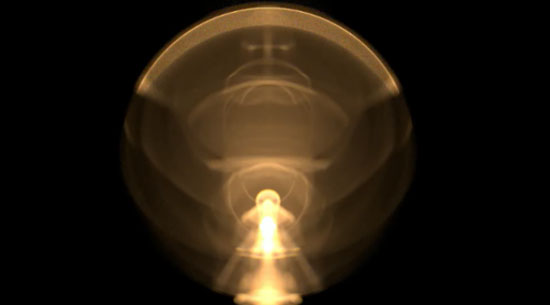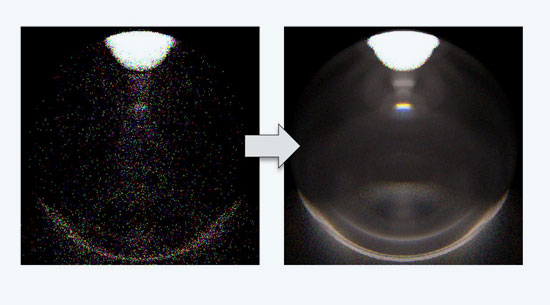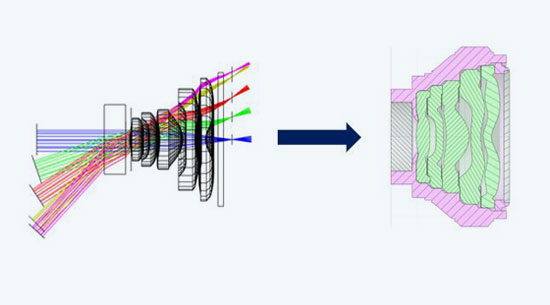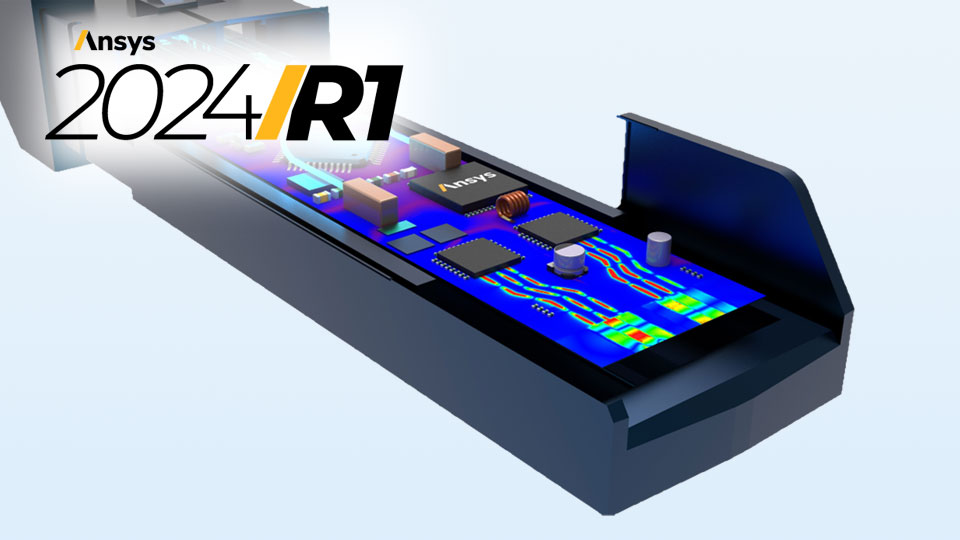Highlights and experiences regarding the latest Ansys update on Optics and Photonics.
Ansys 2024 R1 - Optics and Photonics
Here is an excerpt of new features and further developments from the area of Optics and Photonics.
At a glance
Among the new features in 2024 R1, the following have to be highlighted:
- Tighter integration between all optics products, specifically importing Zemax OpticStudio design or reduced model into Speos, Zemax OpticStudio/Lumerical large scale metalens workflow, and Lumerical subwavelength models usage in speos
- New birefringence support in both lumerical (RCWA) and Zemax (ub_mode6.dll)
- Enhanced straylight analysis in Speos
- New Speos packaging to better address user needs
- Physical camera sensor in Speos
- Automated step pillow lens design in Speos
- GPU improvements (Lumerical, Speos)
in Detail
SPEOS
Productivity Enhancement
- New export to speos option from OpticStudio
- Black box export option to share speos files
- Rays in error visualization
- LXP compatible with section view
- New Live Preview interface
Speos GPU
- Lumerical subwavelength model
Sensor / Autonomous Driving
- Physical camera sensor
- Speos lens system with improved aberrations
Optical Part Design
- Step pillow lens
- Interactive parameter preview
Ansys Integration
- Repackaging
- Shared web licensing


Ansys Zemax OpticsStudio
- Metalens simulation capabilities (integration with Lumerical)
- Enhanced stray light analysis (integration with Speos)
- Export layout plots with ZOS-API
- Export optical design or reduced model to Speos

Lumerical
- GPU for FDTD improvements
- RCWA and MODE solver improvements
Opto-Electronics µLEDs Design Enablement
- New support for nitride-based Green and Blue µLEDs including 2D optoelectronic simulations with CHARGE/ MQW in coupled mode
- New capabilities for layer intermixing and strain-induced polarization
- Application for µLEDs mainly include high-quality displays across consumer electronics (e.g. AR/VR displays, smartwatches, smartphones), and automotive displays (e.g. HUDs, ambient lighting central console, headlights)
Photonic integrated circuit (PIC) design
- Klayout multiphysics integration
- New noise spectrum analyzer in interconnect
- Nano-scale to macro-scale optics for augmented reality, metalens design, display and imaging
- Metalens workflow improvements

All information has been prepared to the best of our knowledge. Data without guarantee.
2024 R1 update webinar
We recommend you the CADFEM Ansys 2024 R1 update webinar on optics and photonics.
Notes on installation and licensing for Ansys product updates
NOTES ON INSTALLATION
Since Microsoft has officially terminated the maintenance of Windows 7 as of 14 January 2020, Windows 7 is also no longer supported by Ansys. For security reasons alone, an update to Windows 10 or 11 is recommended.
The software can be downloaded as usual via the Ansys Customer Portal:
Software Download
For new customers, a user login is required before downloading. For this registration the current customer number is required.
To download the Ansys software, we recommend downloading the ISO images. With this download option, you will receive all data and do not have to assemble single modules to an installation archive. It is not necessary to burn a DVD, because the downloaded ISO images can also be unpacked with appropriate tools like 7-Zip (please use the latest version!) or WinRAR. Please do NOT use the Windows own Zip Utility or WinZip, because they might not unpack the images without errors. The individual ISO images must always be unpacked into their own folders to avoid overwriting files with the same name.
Further information about the current Ansys Release 2024 R1 is available in the download menu under the item "Getting Started". These notes contain information about the topics: Highlights of Release, Platform Support Documents, Important Notices, Downloads & Prerequisites, Installation;
With Ansys 2024 R1 only 64bit operating systems are supported. This applies to the licensing as well as to the client / server installation of the Ansys software. Further information about platform support is available under the following link:
Platform-Support
The Ansys Inc. release notes contain the following important messages:
Compatibility with Previous Releases
Ansys 2024 R1 was tested to read and resume databases from the following previous versions: 2023 R1, 2023 R2, 2022 R1, and 2022 R2. Note that some products are able to read and resume databases from releases prior to 2022 R1. See the specific product sections below for more information. For those products that cannot directly read an earlier database, first resume it in a supported version and then resume that database in 2024 R1.
Upward/Forward Compatibility: No previous release has the ability to read and resume a database from a more recent release.
Advisories
In addition to the incompatibilities noted within the release notes, known non-operational behavior, errors and/or limitations at the time of release are documented in the Known Issues and Limitations document, although not accessible via the Ansys Help Viewer. See the Ansys customer site or online Help for information about the Ansys service packs and any additional items ot included in the Known Issues and Limitations document. First-time users of the customer site must register to create a password.
For a list of issues and limitations in previous releases that have been resolved in Release 2024 R1, refer to Resolved Issues and Limitations document on the Ansys Help site.
For the most recent version of the current release's Release Notes document, see the Ansys, Inc. Release Notes section of the Ansys Help internet documentation website or download it here. Ansys Help (https://ansyshelp.ansys.com/) will not be supported on the Internet Explorer browser after the release of Ansys 2020 R2.
NOTES ON LICENSING
Before updating the license server, please check if your license key is suitable for this use. The release date of the new version 2024 R1 must be before the maintenance expiration date of the corresponding license increment.
More information about Platform Support at Ansys
For all license keys issued after January, 2024 the installation of the new license manager of 2024 R1 is required.
When ordering a maintenance extension, the ASC (Ansys Support Coordinator) automatically receives a current license file. If required please contact our contract department: lizenz@cadfem.de. After each maintenance extension the received license files must be imported to ensure availability of the current licenses and compatibility to newer Ansys versions.
- "Ansys Common Licensing" (ansyscl.exe) replaces the "licensing interconnect"
- New Licensing Client Settings Utility ("elastic licensing" supported as failover, reduced license manager upgrades, industry standard "FlexNet Publisher" (FNP) implementation)
The file setupLM.exe was replaced by the -LM command option. This command can be used in connection with setup.exe for both command line and silent installation (example: setup.exe -LM or setup.exe -silent -LM).
Questions about licensing?
Please send us an e-mail and we will answer your request as soon as possible.



